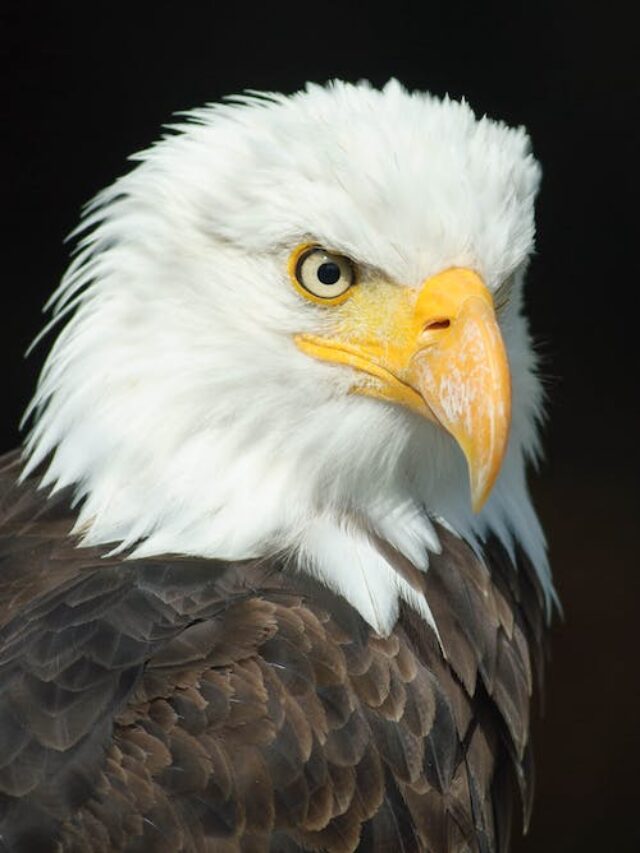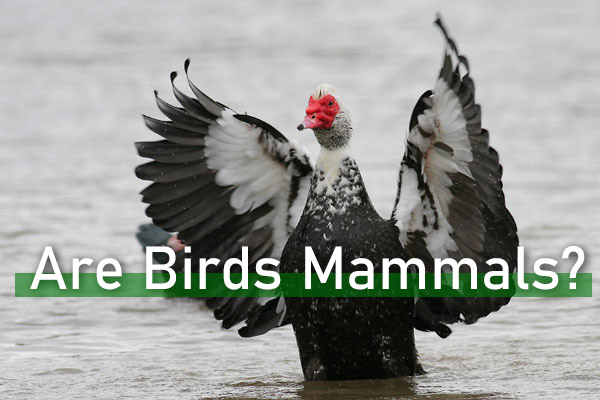
If you are at the beginning of your journey into the mysteries of life on Earth – usually through the beloved science called biology – you might need clarification about what exactly birds are.
What type of creatures are birds? Are they mammals – or something else?
According to scientific classification, birds are not mammals but belong to their own scientific order of birds (Aves).
Although the question was simple to answer, there are many more fascinating details on the differences and similarities between birds and mammals.
Read on to learn more about what brings birds and mammals together and what sets them apart.
On this page
Are Birds Animals?
Perhaps birds aren’t mammals – but they are most certainly animals.
But what are animals?
Life on Earth is highly diverse. Millions of species of plants, fungi, microorganisms, and animals surround us.
But all these creatures don’t come with a label to tell us what they are. Scientists had to study all the traits of these creatures and find a way to systematize them.
Taxonomy is a branch of biology that deals with biological classification – naming and classifying living things and figuring out relationships between them.
To make things neat, original taxonomists have devised taxonomic categories or classes – a way to group creatures within groups and subgroups according to their similarities and the level of relatedness.
What is the Animal Kingdom?
Kingdom is the second-highest taxonomic category in biology.
The original two kingdoms that biologists recognized until the 19th century were the animal kingdom and the plant kingdom.
Today, there are five or six kingdoms (depending on the source). Fungi used to be classified within the plant kingdom, but now we know they are separate from plants and have earned a kingdom of their own. Also, as we got to know them, two to three microscopic kingdoms (e.g., bacteria) were added to the Earth’s mosaic of life.
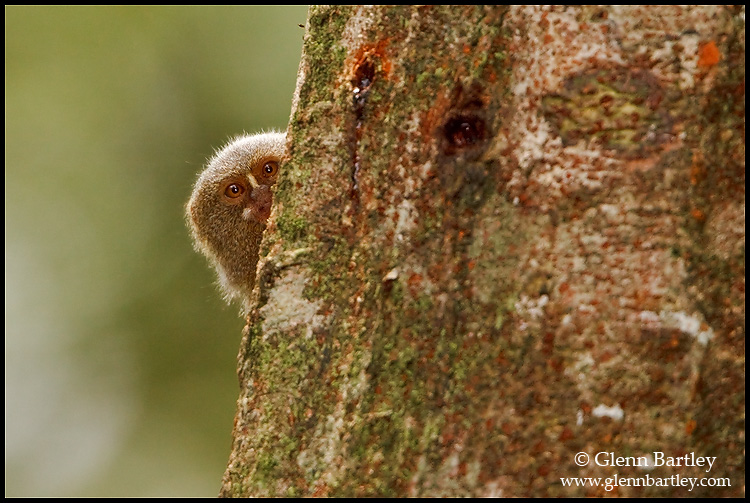
A Monkey perched in a tree in Amazonian Ecuador.
How Do We Know That Birds Are Animals?
You have to meet certain qualifications to be considered a part of the animal kingdom.
- All animals are multi-cellular, eukaryotic organisms – meaning they’re made out of multiple cells, and each cell has a defined nucleus.
- Animals consume organic material (in other words – they feed on stuff instead of creating their own food, like plants).
- Animals breathe oxygen. More specifically, we have a four-chambered heart.
- Most animals can move.
- Most animals reproduce sexually – e.g., breed and produce offspring that is a genetic mix of the two parents.
- All animals grow out of a hollow sphere of cells known as the blastula during their embryonic development.
Birds tick all these boxes. Therefore, by their main characteristics, birds are considered typical animals. But so are mammals (humans included!).
That brings us to the question of similarities and differences between birds and mammals (class Mammalia).
Similarities between birds and mammals
As you might suppose, birds and mammals share all the above-listed traits that make both groups animals.
However, these two taxons are mutually more similar than, for example, birds and insects or mammals and fish.
Here is an overview of deeper similarities between mammals and birds.
- Birds and mammals are vertebrates – animals with a spine and belong to the phylum of Chordates. Another notable animal phylum is the invertebrates – animals with no spine or notochord during their development.
- Both birds and mammals are tetrapods – vertebrates with four limbs. Don’t get confused – birds’ forelimbs are modified into wings but are still true limbs by their morphology.
- Birds and mammals are warm-blooded animals – endotherms. Their bodies maintain a constant body temperature different (and usually higher) than the ambient temperature. This is necessary to adapt to colder temperatures.
- Birds and mammals are insulated (with feathers and fur, respectively) and can shiver to keep warm.
- The high body temperature means both taxons have high basal metabolism that enables sustained activity.
- Mammals and birds have highly similar heart structures – always with four separate chambers.
- Birds and mammals have respiratory turbinates.
- Food grinding ability is present in both mammals and birds; while mammals slice or chew their food with their jaws, birds can open seeds with their beaks and also grind down the nutritious items in their gizzards.
- Both groups have advanced hearing and vocal communication.
- Both mammals and birds show a high level of parental care.
- Most species of both mammals and birds show high intelligence and can have complex social relations.
It is thought that many of these same traits have evolved convergently – under the same environmental pressures, but separately, and do not indicate the level of relatedness between the two groups.
In fact, you’ll be surprised when you learn about who is more related to who!
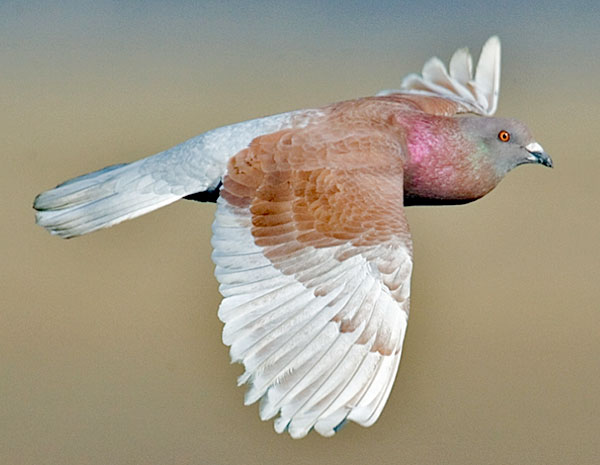
Differences between Birds and Mammals
Although there are many similarities between birds and mammals, differences are quite striking – and not just those obvious at first glance.
Birds vs Mammals Evolutionary Differences
Birds and mammals belong to an entirely different tetrapod evolutionary lineage that shared their last ancestor more than 315 million years ago!
After separating, mammals and birds evolved in different directions.
- Mammals constitute the Synapsid clade, which includes mammals and extinct mammal-like reptiles.
- The birds belong to the Sauropsida clade, together with modern reptiles.
In evolutionary terms, birds are more closely related to dinosaurs and reptiles than to mammals!
Reproductive Differences
Do you know why mammals are called that?
The name comes from the Latin word mamma, meaning ‘breast.’
That’s right – female (well, mamma-) mammals have a unique ability to secrete milk via mammary or milk glands to feed their young. We call this feeding method lactation – also commonly known as nursing, suckling, or breastfeeding.
Also, most mammalian young develop inside the mother’s body, usually within the organ called the uterus. Mother mammals give birth to live young (which is called vivipary). The only exceptions are the echidna and platypus, primitive marsupials that lay eggs.
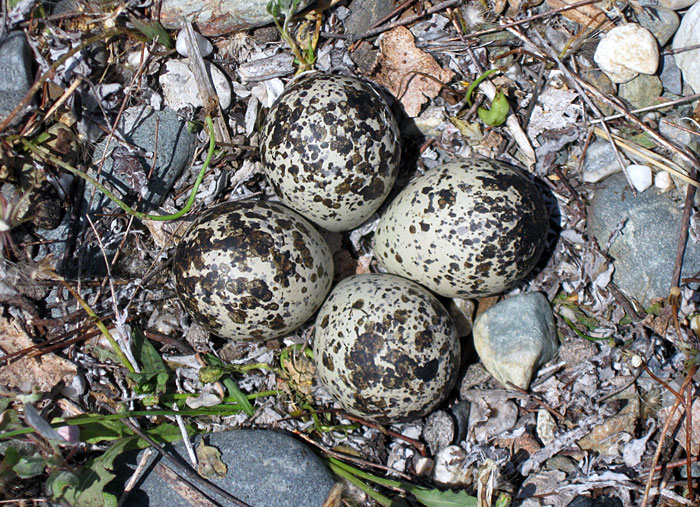
No similar adaptations exist in birds. However, our avian friends have a set of their own reproductive quirks absent in mammals.
Most notably, female birds produce eggs – very large in proportion to the bird’s body and filled with a generous amount of yolk. Birds are exclusively oviparous, meaning their babies hatch from eggs incubated in the outer world. Unlike reptiles, avian eggs have a hard, calcified outer shell.
Related: Do birds pee?
Another reproductive difference is that female birds have a single ovary and oviduct, while in mammals, there are two ovaries and oviducts.
Flying Abilities
Most modern birds have well-developed wings and are capable of flight. With the exception of the primitive flightless runners called ratites (such as ostriches and emus) and the penguins adapted for swimming, flying is the primary means of movement for birds. Wings allow birds to fly, glide, and swoop down.
Related: Are penguins birds?
In birds, the front pair of limbs are modified into wings – the forearm is lengthened, and the fingers are reduced. Flight feathers constitute most of the wings’ surface and are the key factor propelling the birds through the air.
On the other hand, the only truly flying mammals are bats, which constitute around 20 percent of all mammalian species. Their wings are pretty different from bird wings – made from a skin membrane stretched over the elongated arm and hand bones.
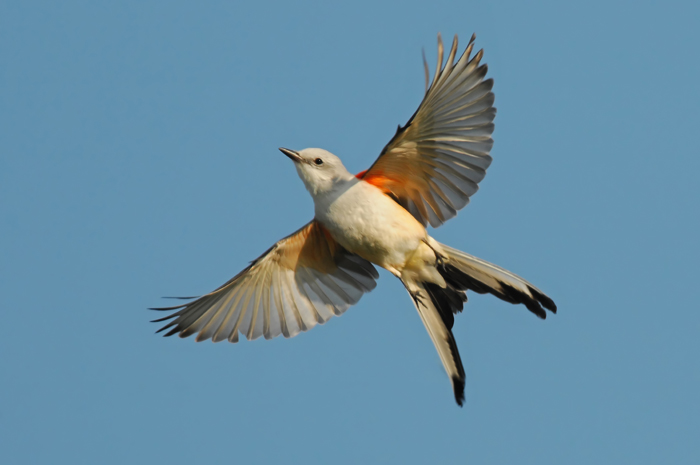
Coating Differences
Bodies of all modern birds are covered with feathers. Feathers are complex skin growths with an even more complex evolutionary backstory.
The feathers’ original purpose didn’t seem to be related to flying. As a result, even the primitive flightless birds have feathers – but their structure is often adapted to purposes other than flight (e.g., water repellency or retention, cooling, courtship displays). Whatever their purpose, feathers are structures unique to birds.
Most mammalian bodies are covered with fine, thread-like skin outgrows – hair. The thick hair growths form an animal coat. Even whales, elephants, and rhinoceroses have bristles scattered across their skin. Humans, too – although we’re among the most hairless mammals out there!
Organ Differences
Finally, there are considerable differences in internal anatomy and organ structures of mammals and birds – other than the reproductive ones we already listed.
- Birds have toothless beaked jaws we simply call a beak or a bill. Mammals have a mouth, usually with teeth growing out of the gumline.
- Birds have a baggy organ called the crop at the lower end of the esophagus. The pouch temporarily stores the feed and harbors microbial activity for food digestion.
- Mammals produce immune cells called lymphocytes in the lymph nodes present across the body. The nodes and their related vessels make up the lymphatic system. On the other hand, birds lack lymph nodes and the lymphatic system. Instead, have a distinct organ called the bursa of Fabricius for B-lymphocytes production. The only exceptions are swans and ducks that have some lymph lands.
- Birds have hollow bones that make their bodies light enough to be capable of flight.
- Birds have air sacs, which help maintain airflow through their lungs. Their respiratory systems are a bit more complicated than ours.
- Coming over to reproductive differences, birds do not generally have penises. However, there are some exceptions, such as ducks.
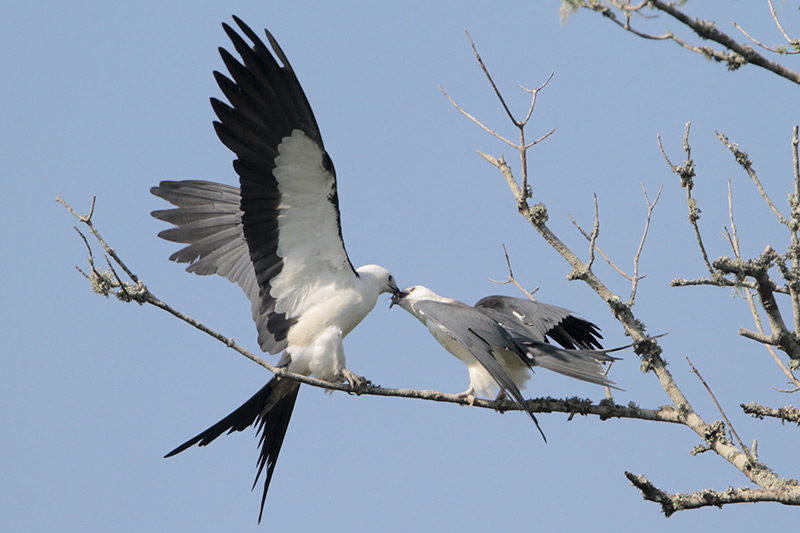
Frequently Asked Questions
What is a bird considered to be?
Birds are what we call them – birds! They belong to their own animal class Aves in Latin. The class of birds contains 23 orders and around 10,400 species.
Is a bird a mammal? How are mammals and birds different?
Mammals and birds split their evolutionary paths long ago. They differ in terms of reproductive strategies, locomotion, behavior, anatomy, and physiology. They even have different organs and organ systems. However, there is a striking number of similarities as well. For a more detailed explanation, please refer to the main article above.
Are birds considered reptiles or mammals?
Evolutionary speaking, bids are closer related to reptiles than to mammals. Birds and crocodilians are the only living members of the clade Archosauria (meaning ‘ruling reptiles’ in Latin). The group also includes many of their extinct relatives.
However, birds are still a distinct, separate lineage from reptiles. Thus, they are really not considered reptiles, and it would be completely wrong to identify them as modern reptiles.
Which birds are mammals?
No birds are mammals at the same time – the physiological differences are too great.
Still, there are some birds that are somewhat mammal-like. For example, the kiwi of New Zealand is flightless, has small, pointy feathers that form a coat-like body cover, and bristles around its nostrils that have the same look and role as whiskers.
Also, kiwis burrow underground and are said to fill in the ecological niche of mammals since none are naturally present in New Zealand. Thus, the kiwi is often called “an honorary mammal,” although the nickname doesn’t reflect the scientific classification.
Conclusion
Birds and mammals are two distinct groups of vertebrates whose evolutionary pathways separated a long, long time ago.
Birds are more closely related to reptiles and dinosaurs; they move around differently, reproduce differently, and function differently than mammals.
Still, birds share traits such as endothermy, social and intelligent behavior, and even advanced parental care with mammals. We find these similarities so fascinating because we, humans, share them with birds as well.
So the next time you use a phrase such as a “lovebird” or “talking like a parrot,” bring to mind how fascinating it is that two such different groups of creatures came to similar evolutionary solutions, enabling us to bond in unlikely ways.
Read next: The Most Amazing Bird Statistics and Facts

